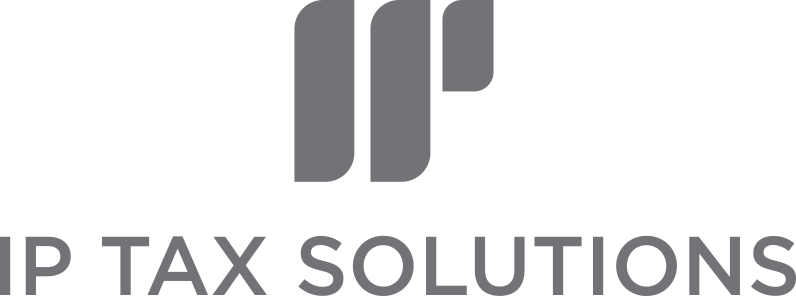Recent HMRC guidelines on R&D tax credit claim preparation have sparked new ideas on approach: the shift towards real-time documentation.
Real-time documentation makes sense on many levels, for example in ensuring compliance but also helping companies ensure that they capture all the relevant R&D.
In my experience, while monthly or quarterly catch-ups with clients to review R&D progress seem ideal, they often default to the usual "Let's handle it at year-end with other filings." However, these new guidelines might just be the catalyst we need for change.
Plus, throw-in the potential of AI - and we have a game-changer in the R&D documentation landscape. With AI integration, we're not just documenting; we're revolutionising how we approach R&D compliance and reporting.
Here's what AI could bring to the R&D tax table:
👉 Automated Documentation Systems: AI can automate the capture of data, discussions, and decisions as they happen, ensuring a comprehensive record with minimal admin burden (think: auto-transcribed meeting notes, changes in project plans tracked and experimental results logged as they occur. etc).
👉 Natural Language Processing (NLP): AI's ability to analyse and interpret language makes it invaluable in extracting key project details from various communication channels, ensuring nothing vital is missed (partic useful for interpreting unstructured data like emails, meeting notes, or free-form text entries).
👉 Predictive Analytics: AI's predictive capabilities can guide R&D teams to focus their documentation efforts on areas that are most likely to require detailed explanation for compliance purposes.
👉 Integration with Collaboration Tools: Embedding AI within the tools that teams already use can prompt timely documentation, embedding compliance as part of the daily workflow (e.g. an AI assistant could remind a team to record the rationale behind a particular experimental design).
👉 Customisable Templates and Workflows: AI can adapt documentation templates to specific projects or industries, streamlining the process and ensuring consistency.
👉 Real-time Compliance Checks: AI can provide immediate feedback on documentation, ensuring it meets the necessary standards and guidelines. Plus highlighting areas of potential risk.
This isn't just about staying compliant; this is about getting and staying ahead - watch this space💡🚀






